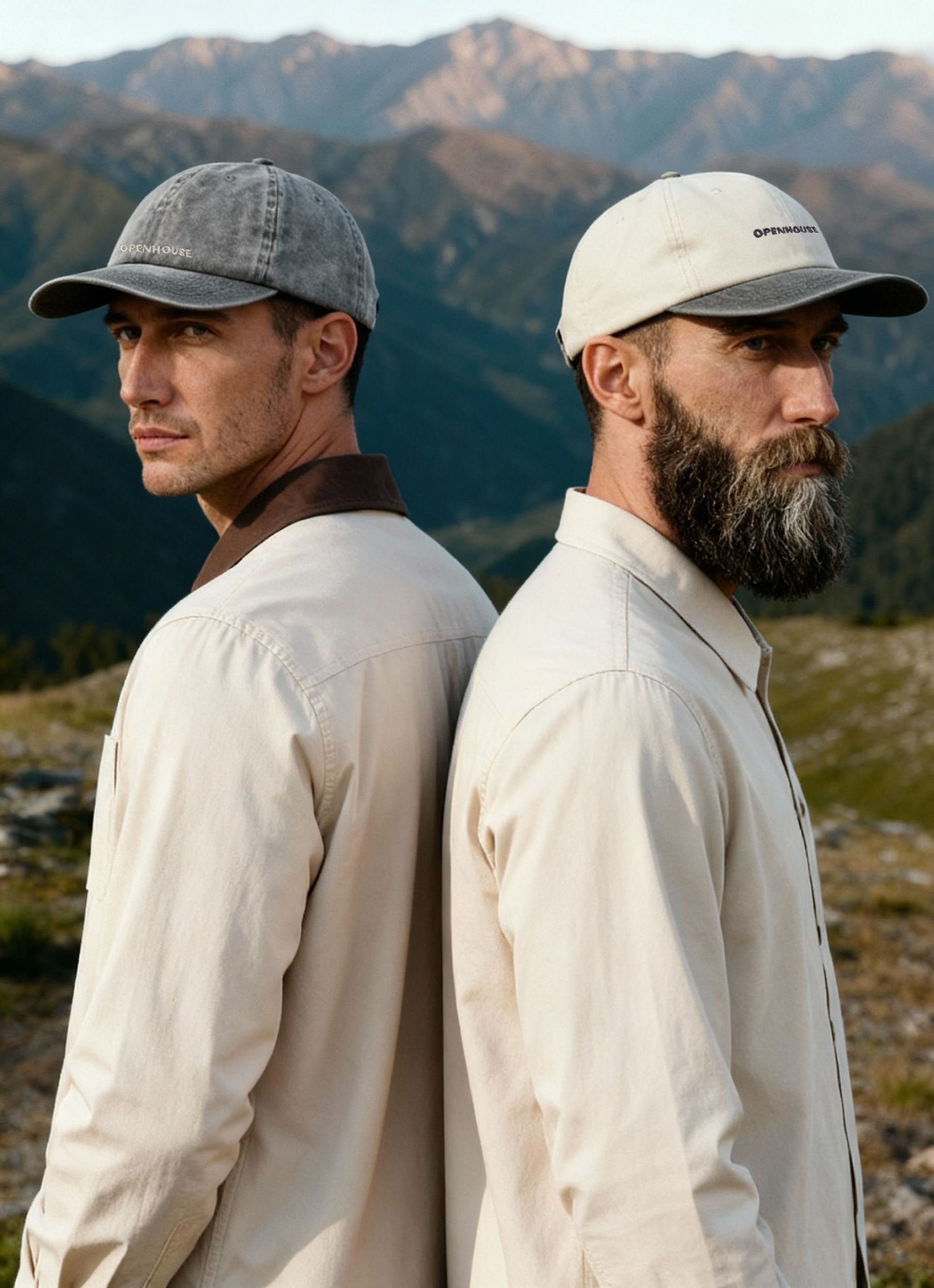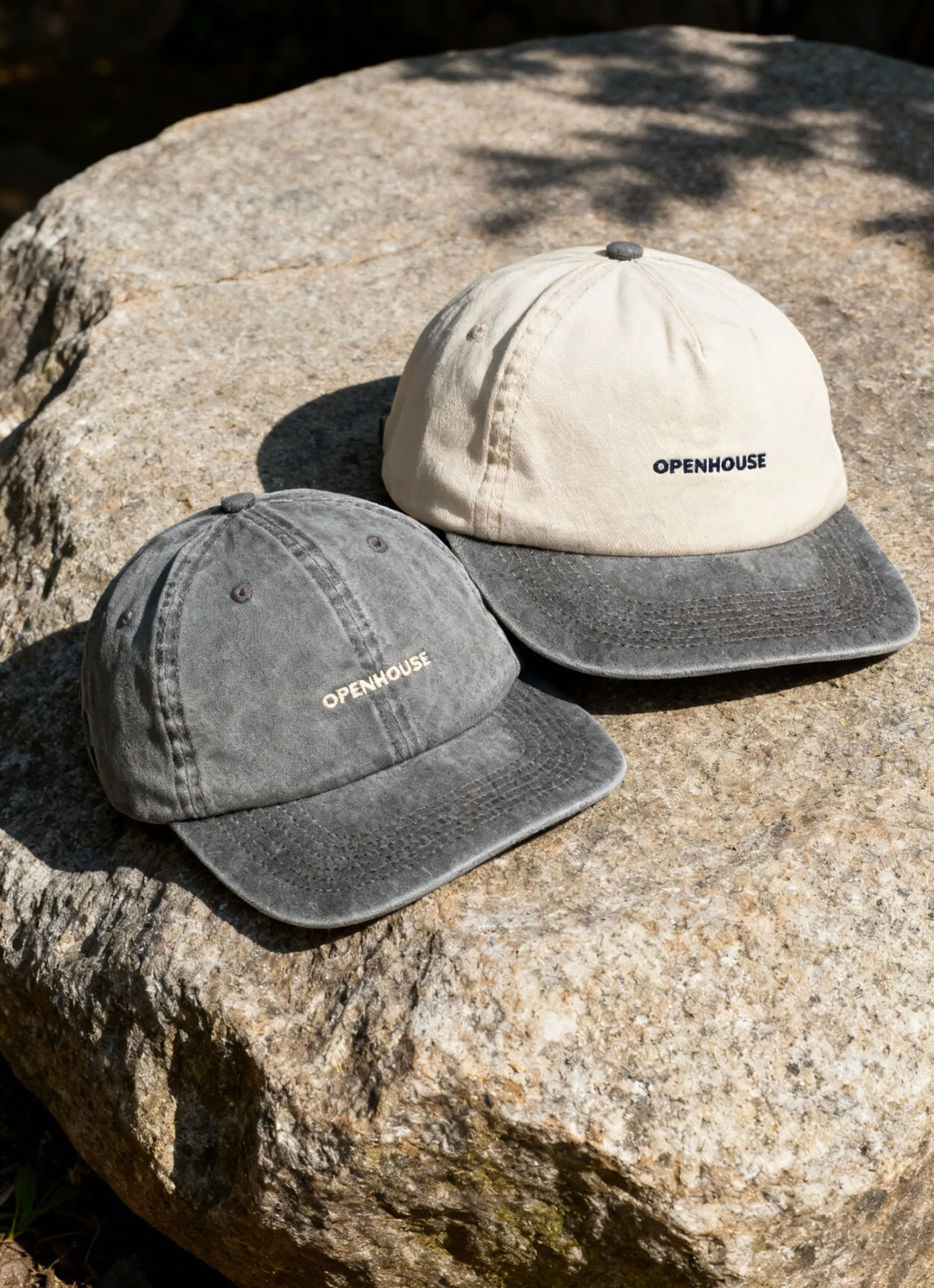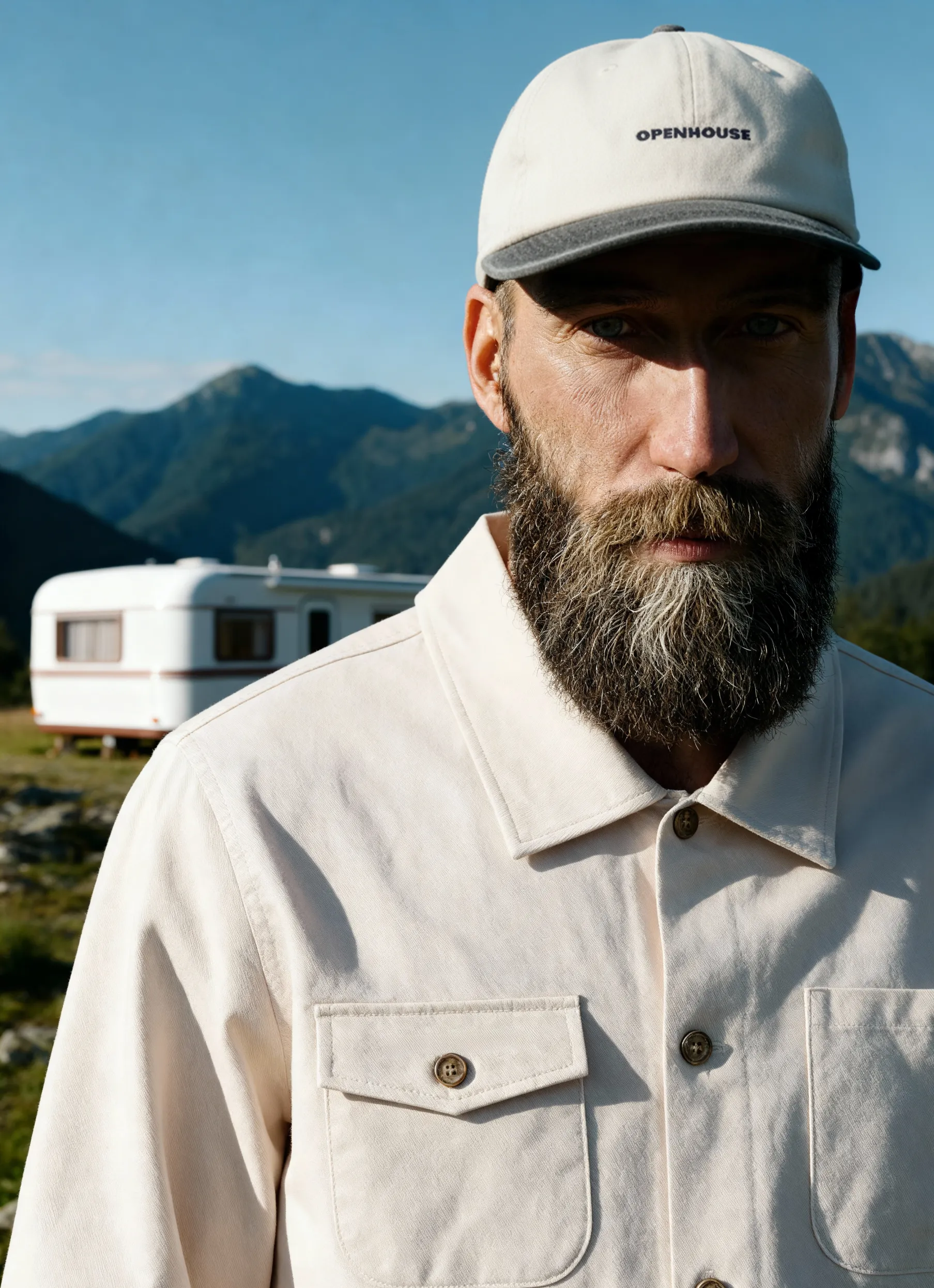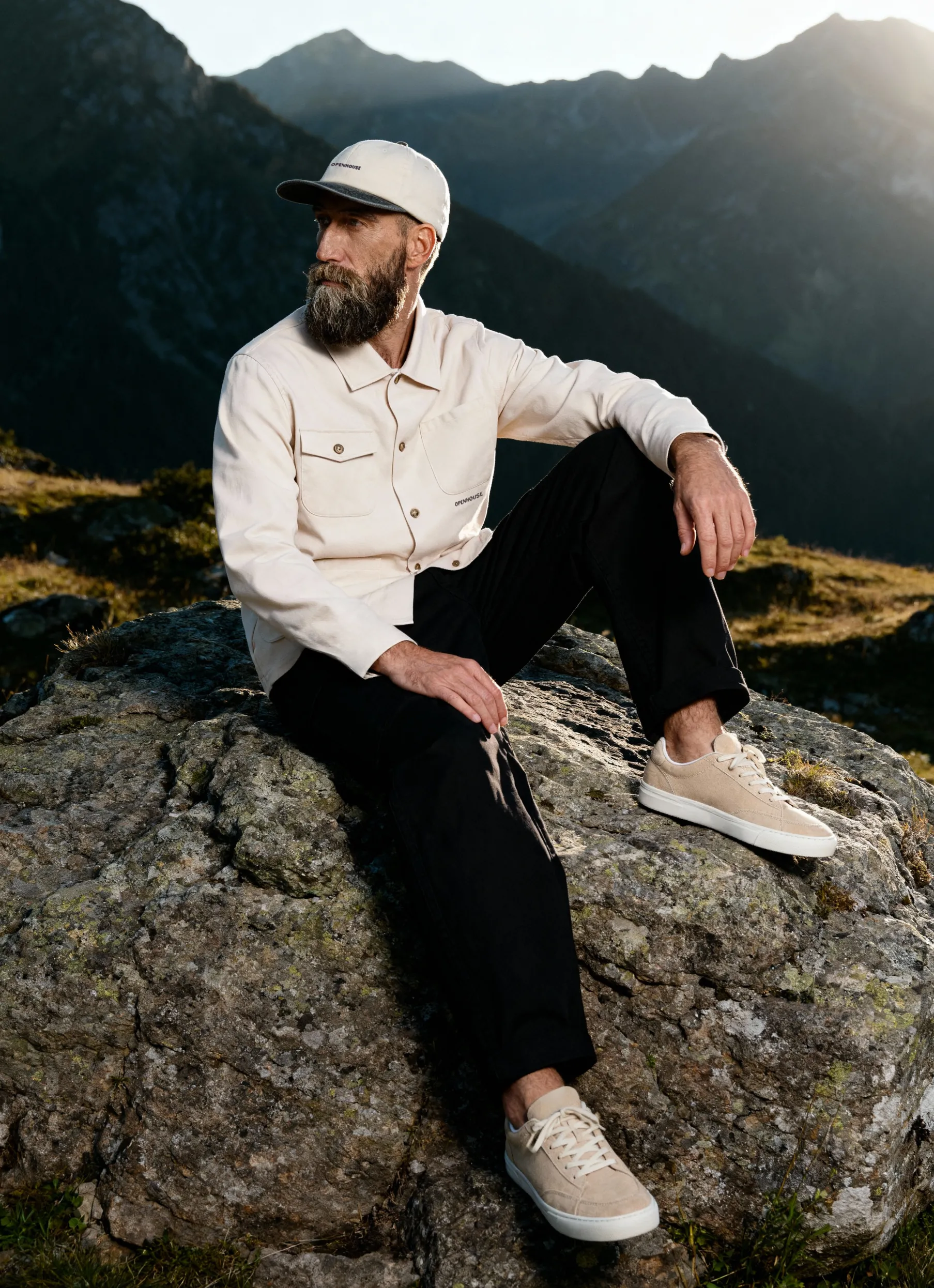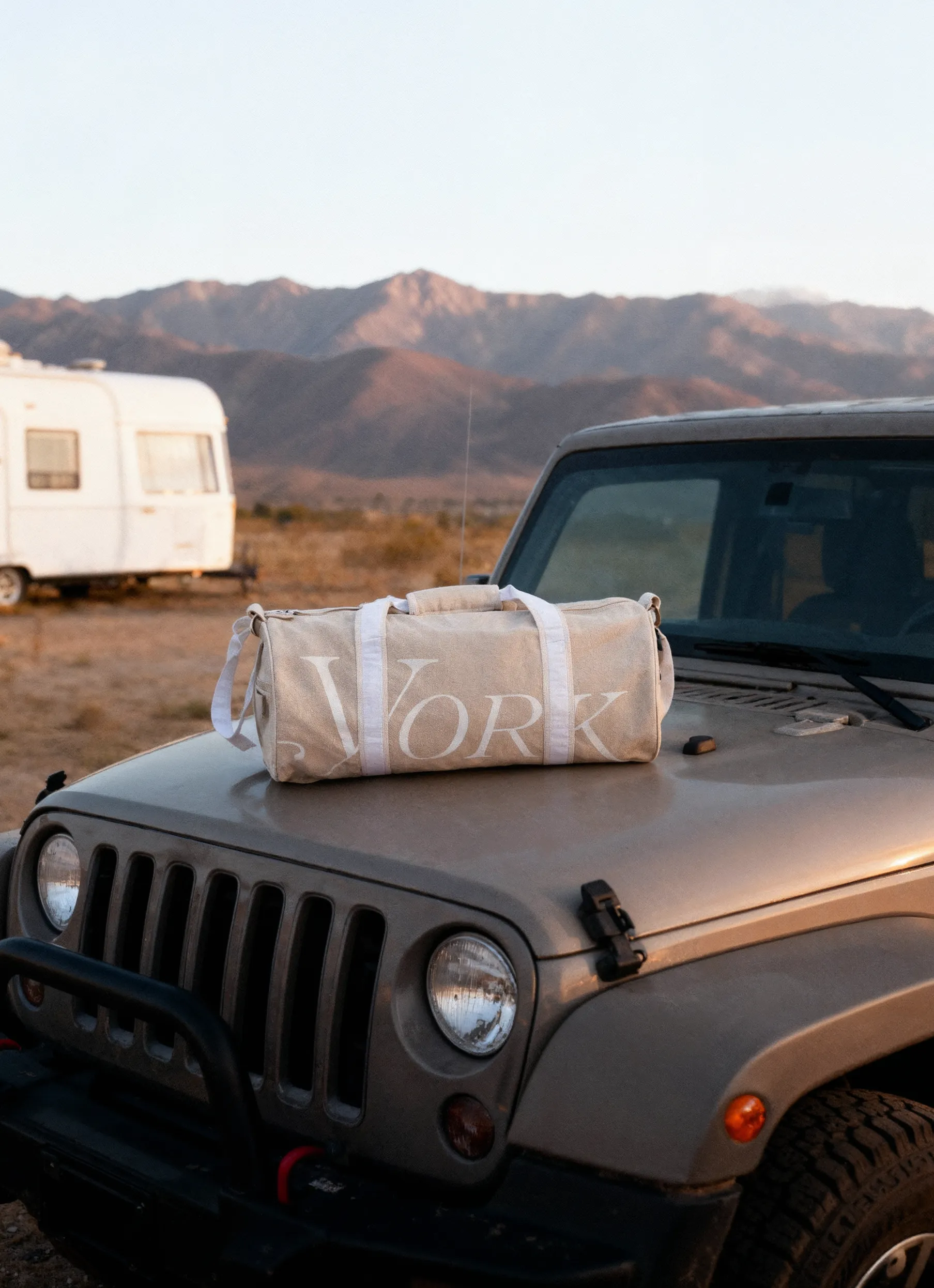What is a Conversion Funnel
Imagine going for an interview and instead of entering an HR office at an appointed time, storming right into a Board of Directors meeting and getting comfortable in the Chairperson’s seat. Sounds just about right?
No. As the succession of actions is broken. In order for a person to be able to storm into a Boards of Directors Meeting, one needs to go to an interview, impress a recruiter, work for years on an entry-level position to get a promotion, do an excellent job in a manager’s role to ultimately be worthy to be elected to a position of the Chairperson of a Board of Directors. There is no magic way to precipitate this course of action and to fast-forward it all.
Similarly, for an ecommerce business to sell a product or service, a business owner needs to go through certain stages to expose a product to a client, familiarise a potential customer with it, get the person interested enough to try it and purchase it ultimately.
Marketing Conversion Funnel — is a succession of stages in a marketing cycle, that a customer goes through on the way of conversion from the moment of being introduced to a product for the first time to becoming a paying customer, ie. purchasing a product or a service.
Stages of a Conversion Funnel
Stages of a Conversion funnel include:
- Awareness
- Interest
- Desire
- Action (right, that’s called Conversion also)
- Re-Engage
Please, let’s look at the infographics below and never forget: there also should be a Re-engage stage. AIDA model describes what a funnel up to conversion looks like, but what it does not tell you is that retaining and re-engaging is also a must for ecommerce.
Let’s go through each stage!

Awareness
The first stage a customer goes through is the awareness stage. This is a phase of a customer journey, where a person has the very first encounter with a product or service, not necessarily needing the product or service at all or maybe even discovering the existence of the entire niche for the first time.
We all remember how we discovered our favorite singer — through a blog, via a recommendation by a friend via Spotify or at a party. Some can recollect how they were introduced to a local shoe brand, that uses the only handwork, natural materials and can custom make it for a client. We get introduced to new products and brands by dozens daily just by scrolling through a social media feed — be it Facebook, Instagram or Twitter.
The purpose of the awareness stage of a conversion funnel: to break from the unknown. To start molding a logical association in the mind of a potential client. eg: Nike = sports shoes. Mercedes = a car.
Methods and techniques used at the awareness stage:
- blogposts & articles
- visual content: images, showreels, infographics
- video content & educational webinars
- podcasts
Where to reach a potential client at this stage of a conversion funnel:
- Youtube
- Blog on own website or Medium
- Social media presence & ads
- Facebook groups

Interest
Once you have exposed a brand to a customer, it’s time to raise some brows. Yep, this is exactly what you are doing in the interest phase of the conversion funnel — you make your client curious and maybe even slightly excited about your product.
How is this different from the stage before?
First, it’s emotional. You have to now form an emotional connotation in a client’s mind about your product. You create an emotionally colored psychological trigger, that comes to a person’s mind when they hear your brand’s name or see your logo.
Second, cognitive. A marketing manager has to answer a few monumental questions, that might occur to a potential customer:
- How is my brand different from the ocean of other similar products?
- What’s in it for me?
It makes sense to utilize all the arsenal a digital marketing manager would use for acquiring a customer but provide more detailed information, targeted at igniting further interest in a client. See below an example of Casper’s ad campaign “Perfect mattress for everyone”. Simple and straightforward. It’s hard to stay untouched when you see something made for new parents, being a parent yourself.

Desire
Provided, a brand created a media, that is both: well-targeted (read: resonates with the reader/viewer/ listener) and exciting enough (causing interest towards a product or brand), a potential customer travels to another stage down a conversion funnel: desire.
At this phase, a customer realizes he or she wouldn’t mind paying the price at some point and getting this item or service. If the interest stage has been proactive and engaging enough, addressing all the dark areas, meeting all the expectations and exciting a genuine interest towards a product, this stage may as well be very short and lead to purchase right away.
At this stage, the purpose of the business is to create a desire to buy. Utilizing email marketing, retargeting and social media marketing offers are all the widely used methods for ecommerce marketing managers at this stage.
Conversion
Conversion is the most advanced stage of the optimization funnel, that ends in an actual purchase. The target audience should be quite warm at this stage.
This is the stage, that PPC specialists are mostly working with when using Google ads with the keyword in combination with “buy” or “price”. You figure, if somebody is surfing the net for “X+buy”, one is happy to consider paying for an X.
One of the techniques used at this stage would be a remarketing campaign for those, who added an item to a cart and then abandoned it.
Showing your potential client obvious advantages, like:
- free delivery
- free return option
- BOGO offers
- 2+1 offers
- seasonal offers
- new client offers
- geo-targeted offer
All help to seal the deal quicker and increase the conversion.

Re-engage
Re-engage stage may sound like a very noble stage to exist — but it is there for purely commercial reasons. Yes, you want to show love to a client even after they have purchased from you. But there is a reason for it, in fact, a few of them:
- To upsell or cross-sell. Yep, if a few days after the delivery of the product a customer opens an email with a matching color accessory to a piece of clothing they had already purchased with you, they may as well consider it — specifically, if you throw in a discount or free delivery.
- To say thank you. Yes, it may sound sentimental, but the commercial reasoning is catching up anyway. Clients with an emotional bond with a brand are 44% more likely to recommend your product, working as your acquisition manager, advocating for your brand free of charge.
- To increase the LTV of a client or increase client retention. Keeping an existing client is way cheaper, than acquiring a new one — so yes, look after your clients and they will look after your business.
In this phase, using email marketing and social media retargeting are the most commonly used techniques. Have a contest for the buyers of X product to win a matching color item or create a buzz with your loyal clients by organizing a double points month before Xmas.
Example of a conversion funnel
Paid Traffic Funnel
In this example, let look at the conversion funnel when a potential client has found a product via paid sources, for example, Google ads, Facebook ads or Instagram.
- In this case, an unsuspecting person, who happens to fall into ta target group for product X would see a sponsored post in social media feed.
- Then a person would click such add and get onto a landing page with an offer.
- The offer might be as tempting or as topical for a person, that a purchase is made right away.
- Alternatively, a customer may wander off or get distracted. Leaving the product page, or even abandoning a cart.
- A remarketing gets activated and offers something irresistible to a person who has shown quite some interest in the product, say, free delivery.
- A person completes a purchase.
- A thank you email goes out with additional X% off for a potentially lucrative line of products.
Messenger
The conversion funnel originating from a Messenger is pretty similar to the one above. But the trick is, that it offers an extra layer of privacy in the conversation due to low penetration of the messenger realm by the business.
There are 2 types of Messenger ads :
- “click to message”
- “sponsored message” /only available for the pool of customers, with whom your business page has had prior message conversations/
This conversion funnel will also include a landing page on your website to convert. But it may also involve a chatbot, that a business can build within the Facebook business account.
Inbound Marketing Funnel
An inbound marketing conversion funnel is somewhat different from the ones described above. In this case, an internet user finds a piece of content, created by your brand — textual or visual — organically.
- A person finds an article or infographics while searching for some piece of information on the net.
- A user gets onto your resource page — a blog page or a YouTube channel.
- Receives an offer to subscribe — for example via a pop-up service.
- Gets exposed to more pertinent precisely targeted content in his or her inbox.
- Gets an offer that is impossible to resist.
- Gets onto a product page and converts.
- Receives a letter with the hope of safe delivery and tips on how to best use the product for higher longevity.

Why conversion funnel is critical for e-commerce
A conversion funnel is pivotal a concept in a dictionary of an ecommerce digital marketing manager for 2 big reasons:
- You can only enhance what you can measure.
- To get to a destination, it is important to move in the right direction.
So making sure you know exactly what your customer journey is like, plan all the touchpoints, keep measuring and refining the outcome of every phase is the meticulous way forward for ecommerce businesses.
B2B, B2C, and the Conversion Funnel
While the general outline of the B2B conversion funnel and the B2C one is rather similar, there are nuances to how best approach them.
For example, in a B2C model, you may expect a sales manager to do some job before the conversion stage. You also will be right in assuming, that businesses need more arguments, figures, reasons to buy from your outlet — to the extremes, where your brand may compete in a tender process to convert the lead. It will be just to say, that B2C transaction is likely to have a higher cost per lead, higher marketing spend overall, longer conversion cycle, but they will also have a higher average check and in all likelihood longer LTV.
The problems you face, why your funnel is not working
There may be hundreds of reasons why your conversion funnel is not converting.
Some of the reasons why your brand may be experiencing hiccups and poor conversion from one phase of the funnel to another:
- Wrong channels /think teenagers on Snapchat and grannies on Facebook/
- Basic or too broad targeting — keep revising your targeting and fine-tuning your audience, keep checking the personas who converted and add lookalike audiences in the Facebook business manager account.
- Boring story-telling or low-quality visuals. Engaging content is the basics, not a competitive advantage anymore. Make sure you nail your competition here.
- High delivery or no free return policy — those are huge decision-making factors — make sure to be at least on par with your competition if not better in this one.
- Inadequate price positioning. You may value your product all you like, but the market puts the final price tag on things. If you miss the pricing point, you either can afford it belonging to the premium segment, or you will keep losing to cheaper competition. Revisit your pricing, do a proper price comp check across all channels.
The conversion rate for each funnel stage
For 2019 SmartInsights reports, that an average conversion from those who landed on your website to a specific product page is a massive 44%.
The 14,5% of all the website users will move as far down the funnel as add a product to the cart with 3,3% of all the users seeing it to the end and converting.

How to improve your e-commerce conversion funnel
- Revise your channels — are you talking to your audience via the channels where they feel comfortable and visit most? Have you familiarized with statistics which generations opt for which social media?
- Fine-tune your tone of voice based on your user persona — have your SMM person form the pool of your target audience for the most natural tone of voice.
- Make sure to create engaging content — textual and visual alike. In the era of Instagram, there is no ignoring of the fundamental need for quality product photography for any ecommerce business.
- Check our metrics often across all the analytical systems available to your business: make a rule of checking your Google Analytics, Google Console, Google Ads, Facebook manager results at least weekly. You cannot improve what you cannot measure, right?
- Remember to surprise, capture and engage — try to create a viral piece of content once in a while. The emotional bond matters in ecommerce for several metrics, like LTV, customer retention, referral business. Create that sense of belonging to a fun brand, who can raise some brows and create cutting edge content.
Does everyone know about never-ending mocking between McDonald’s and Burger King? Check out this example of surprising action from Burger King.

How to analyze the success of the conversion funnel? Common KPIs
While looking at the results of your thoroughly designed conversion funnel, look at the following KPIs:
Social media:
- Number of Facebook & Instagram fans
- Monthly engagement rates
- Organic reach
- Cost per click/lead
- Conversion
YouTube:
- Video views
- Number of subscribers of YouTube channel
- Like and dislikes — their ratio to total views and towards each other.
Website /Google Analytics, Google ads, Google console/:
- Time on page
- Bounce rate
- Click-through rate
- Conversions
- Most converting time and cities
- Best converting campaigns, ad groups, ads and keywords
- Abandoned cart metrics
- Audience metrics /demographics, geo, technology/
- Acquisition metrics /channels, most popular campaigns and landing pages/
- Behavior metrics /bounce rate, time on page, page views, sessions/
Squareshot has boosted conversion before. Let’s create those awesome visuals.
Congrats. If you read this article, you are part of our unsuspecting organic conversion funnel. We took the time to put together this informative piece for you and other people, who want to grow their online business and reach new levels. An important thing to do is to stay similar for your customers on every single funnel stage. We know how to increase your conversion by providing top tier product photography to drive your ecommerce sales forward. Squareshot stands out due to its quick turnaround time and very transparent pricing. Give it a shot, you witness the value of high quality commercial images for yourself.

Product A
SQUARE SHOT








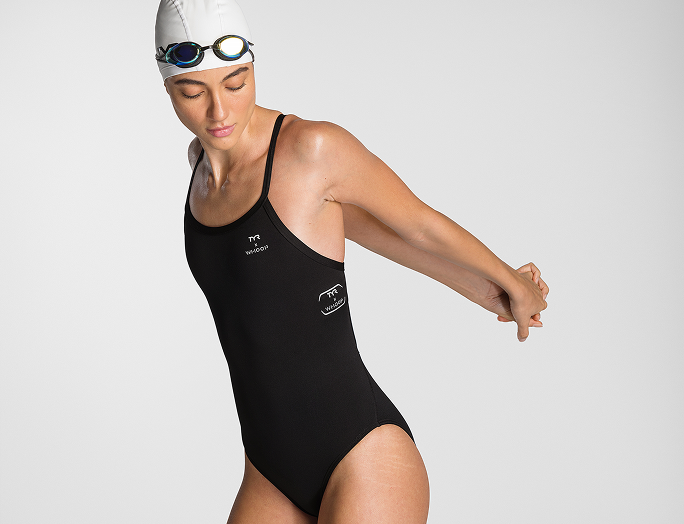
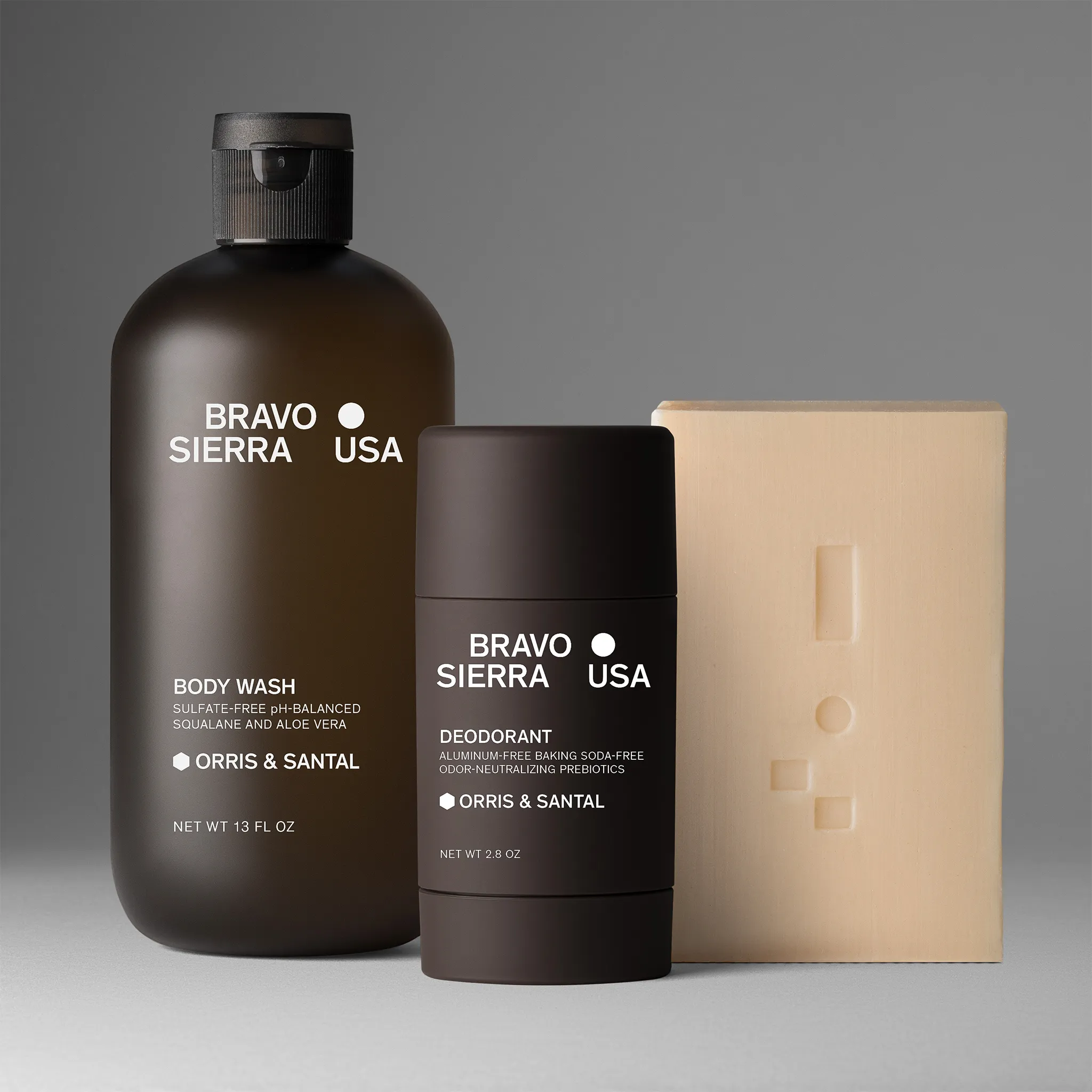
.png)





